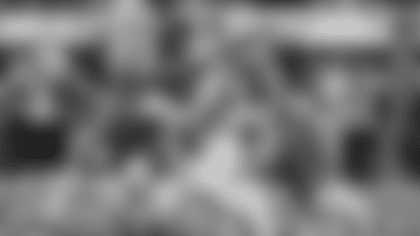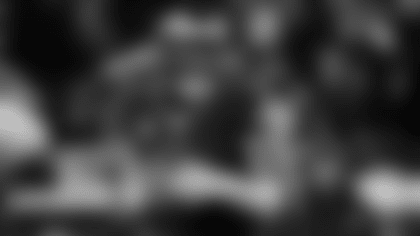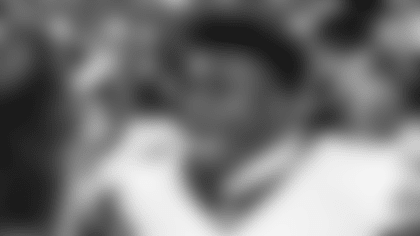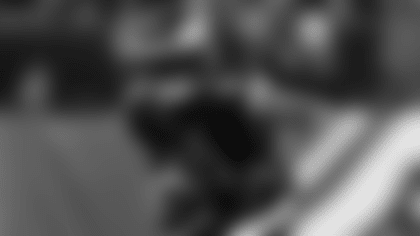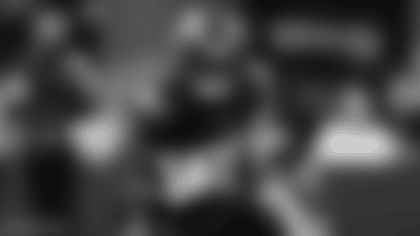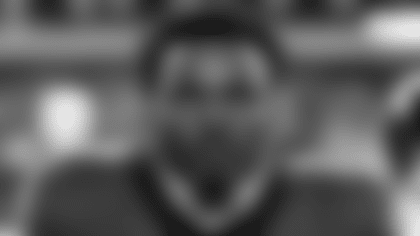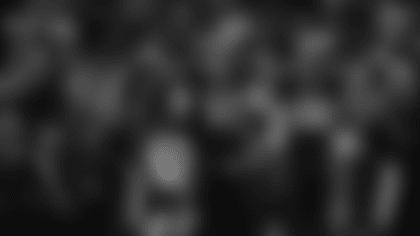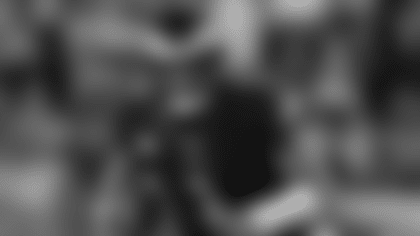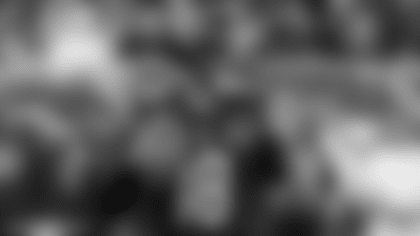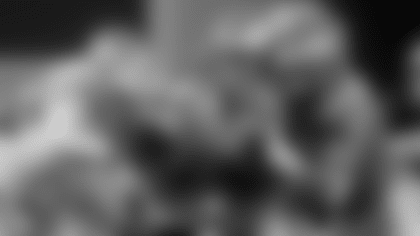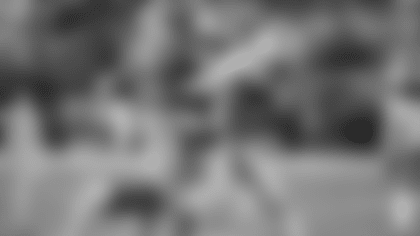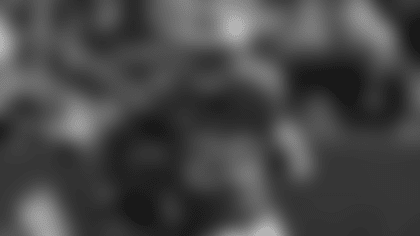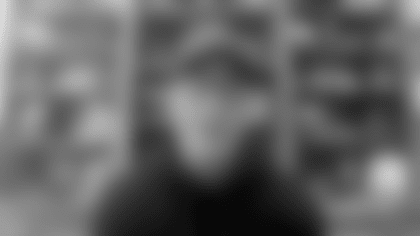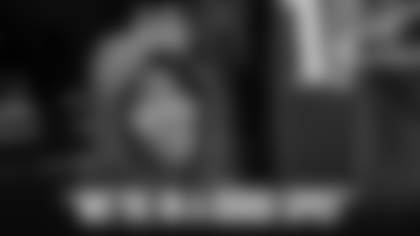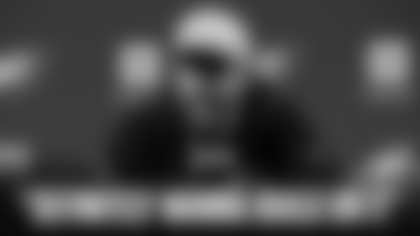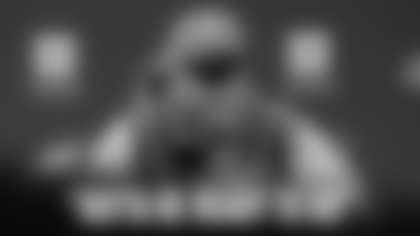We have talked about this for months, the need for the Eagles to take better care of the football, particulary in the red zone. It is, clearly, Priority No. 1 for the offense.
Offensive coordinator Marty Mornhinweg said as much the other day when asked about it at the NFL's Scouting Combine. The truth is, he has said it since the beginning of the 2011 season when the Eagles started coughing up the football inside opponents' 20-yard lines at an alarming rate.
The onus, moving forward, falls on Mornhinweg and his play calling, and on quarterback Michael Vick for his decision making and execution of the scheme. One suggestion from this perspective was to increase the run calls inside the 20, but a key statistic from Pro Football Focus points out that the Eagles called run plays 48 percent of the time inside the 20-yard line, making Philadelphia the 11th-most run-heavy offense in the red zone in the league last season.
Perhaps a couple of percentage points higher would make the difference. Give the ball to LeSean McCoy a few times more per game behind an offensive line that will be a year older and a year better and maybe the Eagles can A) reduce their turnovers; B) score more touchdowns (they ranked 14th in the league last year in red-zone touchdown efficiency); and C) Save Vick a couple of extra hits through the course of a season.
But there is more to it than run vs. pass. The Eagles haven't been dominant in the red zone since 2004 when they led the NFL in touchdown efficiency right up until the time that wide receiver Terrell Owens (14 receiving touchdowns) was injured. The Eagles had all the answers in the red zone, making sure they gave running back Brian Westbrook (3 rushing and 6 receiving scores) his touches. They had big running back Dorsey Levens (4 touchdowns) as a short-yardage hammer. Tight ends L.J. Smith (5) and Chad Lewis (3) combined for 8 scores. Donovan McNabb was by then long past his "running quarterback" days, but he still ran for 3 touchdowns.
The Eagles scored touchdowns on 64 percent of their red-zone trips, third-best in the league even after resting their starters down the stretch.
Imagine how potent this offense would be -- one that is more talented, top to bottom, than the 2004 group -- with a higher touchdown efficiency in 2012.
What can the Eagles change? They need to have tight end Brent Celek every bit as involved from September on as he was in the last half of 2011. He scored in each of the final three games of the year as the Eagles finished the season on a 4-0 tear.
Too, the Eagles need to get their wide receivers more involved in the red zone. Can Riley Cooper become the big target to create openings in the close confines of the red zone? What can the Eagles do with Jeremy Maclin to re-establish his presence inside the 20-yard line? What about DeSean Jackson (the feeling here is that he returns for 2012)? What can the Eagles do to give him some breathing room on his routes?
Then there is Vick, who scored one time on the ground in 2011 -- an 11-yard dash against the Jets -- after rushing for 9 touchdowns in 2010? Is it worth keeping him as an option on bootlegs and quarterback draws and risking the hits he will no doubt absorb to his body?
Some of the improvement must come from the scheme, then. Some must come from personnel, both from the current roster and any additions the team makes. Some needs to come from a more physical mindset in the rough-and-tumble red zone.
Will the Eagles completely change their approach to the red zone next season? No, that's not the way it works in the NFL. Mornhinweg and Reid have had success in the red zone in the past, but it is to the point where they need to present some different looks, tweak the tendencies, go against their previous trends.
The Eagles need touchdowns in 2012. They need to minimize their gifts to defenses and jam the ball across the goal line. It the priority of the offense as the roster comes together in the months in front of us. What is the magic formula for red-zone excellence, easily a statistic that separates the good teams from the great ones from those watching the playoffs one year to the next in the NFL.


